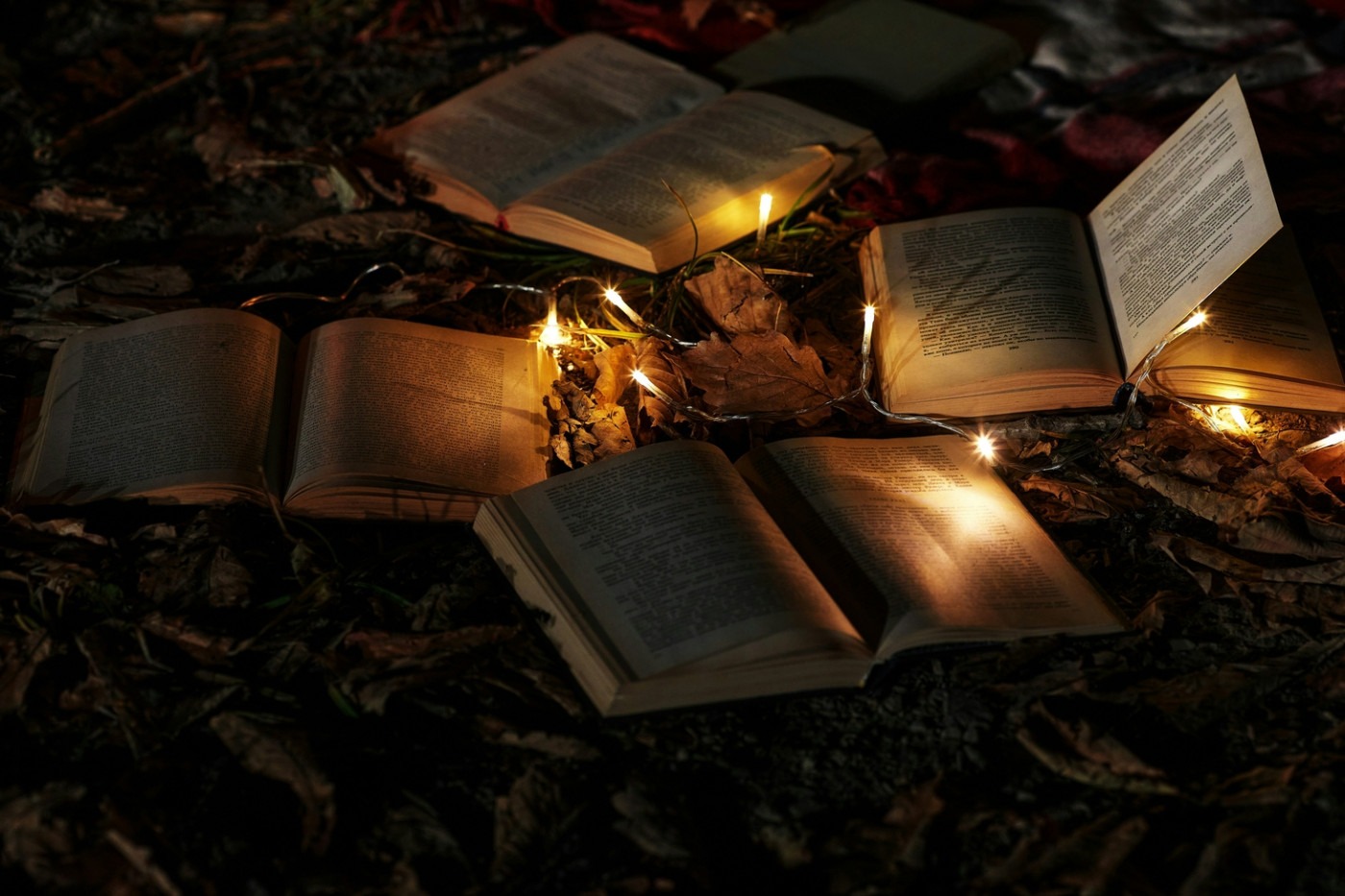Three Gothic classics to read this Autumn
During Autumn, the days get colder and darker, which makes it the perfect time to curl up by the fire with your own tale of terror. Whether you are open to a new classic read to suit the mood of the changing season, or simply curious about this article’s perspective on these books, the Gothic genre is one favoured by many avid readers – perhaps even you.
Perhaps ruminating over the self-destruction of mankind is the greatest cause of fear you will experience this Fall.
Frankenstein – Mary Shelley
A timeless classic, Mary Shelley’s 1818 novel Frankenstein has been a recurring inspiration for answering the question of “what makes a monster?” An exploration of what happens when a man attempts to “play God”, and the moral and psychological damnation following this sin, Frankenstein follows the downfall of Victor Frankenstein as he is hunted and resented by a creature born from the combination of dead working-class body parts. The novel is an intricate exploration of the dangers of immoral science, the manual discovery of civilisation, and of being alienated from the social, racial, and sexual norms of society.
A chilling narrative that challenges the dangers of unrestrained scientific pursuit, Frankenstein implores readers of the modern age to reflect on what new and upcoming features of social order are eating away at our internalised ethical systems. This book is widely regarded as a stroke of Gothic genius, crafting the ever-haunting view that maybe modern man himself is his own enemy. Perhaps ruminating over the self-destruction of mankind is the greatest cause of fear you will experience this Autumn.
Perfect for readers interested in high-stake suspense.
Dracula – Bram Stoker
Bram Stoker’s Dracula has laid the foundation for the vampire’s personification of fear and regression. An era-appropriate metaphor for the dangers of sexual freedom in the Victorian woman, Dracula signifies the figure of the vampire as the vehicle for feminine damnation. The exploration of the role of the woman was common amongst the Victorian classics, in an era where the stereotype of the “domestic angel” was stressed and the one who opposed this was seen as the destitute and impure “fallen woman”. The Gothic archetype of the vampire has been distorted since Stoker’s days by modern pop culture, and sometimes even romanticised. At the core of Dracula, however, there is a detailed commentary on the decay of humanity and what constitutes “moral values” in the Victorian context.
The text itself takes on a tone similar to that of a hellish mystery, as the characters attempt to hunt down Count Dracula before he can spread the culture of vampirism. With his attempt to move from his castle in Transylvania, a famously dark setting, to the bustle of England, the reader observes the protagonists’ strategies to intercept his thirst for blood. Therefore, the novel incorporates contemporary social commentary into a thrilling conflict between good and evil- perfect for readers interested in high-stakes suspense.
Perhaps, this is a season where we’re invited to reflect upon the darkness of our humanity.
The Fall of The House of Usher – Edgar Allan Poe
Edgar Allan Poe’s The Fall of The House of Usher is a delightfully horrific dissection of the madness of the human mind. The essence of this short story lies in the psychological destruction of the grieving Roderick Usher, the destruction of his bloodline, and the macabre approach to his premature death. Interweaving the family tragedy with the literal and metaphorical destruction of The House of Usher, Poe’s work is a study on the decline of human stability. The house itself is given an eerily quality, catalysing the deterioration of the human mind; the entire narrative, and the downfall of the characters, revolve around this claustrophobic setting.
The supernatural Gothic convention is continued in the way that the house collapses in on itself, as an ultimate reflection of human mental deconstruction. The reader is therefore already braced for what the title foretells; they witness instead the mental and familial decline that catalyses this grand “fall”. This instills a sense of dread and anticipation from the very beginning of the story, crafting a chilling and uneasy tone throughout.
With the philosophical messages of these stories, perhaps reading them during Autumn makes it the season of deep thought. Perhaps, this is a season where we’re invited to reflect upon the darkness of our humanity. Of course, these are only three of many classic Gothic tales, each with a masterful take on what makes for a timeless unsettling narrative. If the Gothic conventions sound interesting, other recommended Gothic classics include The Picture of Dorian Gray by Oscar Wilde, The Woman in White by Wilkie Collins, and The Strange Case of Dr. Jekyll and Mr. Hyde by Robert Louis Stevenson. A wide and immersive genre, there is no doubt that you will find many other absorbing Gothic tales in your explorations this Autumn, to intrigue, scare, and provoke a deeper level of thought.

Comments